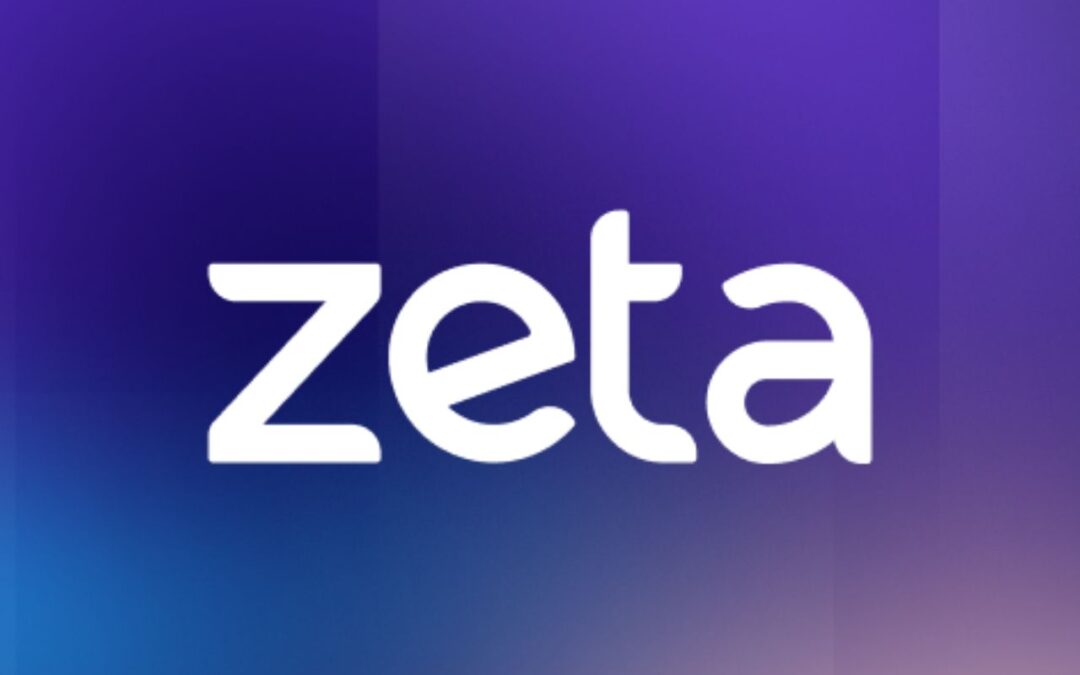Offer superior economics but are operationally hard to scale; Tier-2/3 markets, new categories like healthcare, rural brands, and mid-tier brands are the next growth frontiers
- Co-branded credit cards are projected to reach ~25% of the base and nearly 3X issuer revenues by FY2028
- Customers spends have grown at a 25–30% CAGR
- Growth to be led by Tier 2 & 3 markets and EMI-linked categories
Tuesday, October 14, 2025: Zeta, a next-generation banking technology company, today released a new whitepaper showing that co-branded credit cards (CBCCs) are poised to become one of India’s biggest credit growth engines, with revenues from CBCCs forecast to expand 3x from ₹17,000 – 19,000 crore today.
The paper titled ‘Shattering the Co-Brand Glass Ceiling’ highlights how CBCCs already hold a growing share of the market and identifies the operational and technology constraints that are preventing issuers from scaling this channel faster.
India’s credit card market has crossed 111 million cards by mid-2025, yet penetration remains under 8 cards per 100 people. Within this, CBCCs have emerged as the fastest-growing segment.
They already account for ~17% of cards in circulation and 18% of total spends and are projected to reach 25% of the base by FY2028. Despite these gains, banks have yet to unlock the full potential of CBCCs.
Why CBCCs are a critical segment of the credit card market
- Stronger unit economics: Unlike generic credit cards, CBCCs deliver 60% lower acquisition costs, ~70% activation rates (vs 50% for other variants), and 20% higher spends per customer.
- Significant white space: Growth can accelerate through expansion into Tier-2/3 markets, and through new categories such as healthcare, rural brands, and partnerships with mid-tier regional brands.
Why banks find CBCCs hard to scale:
The research finds that operational and technology constraints, not demand, are the primary barriers:
- Operational complexity: Managing multiple brand partners multiplies workflows, exceptions and reconciliation overhead.
- Custom origination logic: Partner-specific onboarding and underwriting rules prevent reuse and scale.
- Complex rewards s accounting: Tailored rewards programs create settlement, tax and accounting complexity.
- Regulatory s compliance burden: Co-brand arrangements require rigorous, multi-party compliance controls.
- Customer servicing friction: Serving customers across multiple stakeholders increases SLA complexity and complaint handling.
- Legacy tech limits innovation: Traditional card platforms lack the configurability, real-time controls and partner autonomy needed to launch many co-brands quickly.
Ramki Gaddipati, APAC CEO, Chief Technology Officer, and Co-Founder at Zeta, said: “Co-branded credit cards are one of the biggest untapped growth levers in banking today. The economics already work – lower acquisition costs, higher activation, stronger engagement, yet banks still find it hard to scale.
” He added, “The problem isn’t demand, it is the legacy, non-personalizable systems and processes. To scale co-brand partnerships – a new operating paradigm is needed – which requires a complete rethink of the card product, data, insights, personalization, and value creation models. The answer lies in agility, innovation, experimentation, with robust compliance and security guard rails than can scale immensely”
Read the full whitepaper here:– Link
About Zeta
Zeta is a next-gen banking technology company. Its cloud-native and fully API-enabled platform supports card processing, issuing, lending, core banking, fraud management, loyalty programs, digital banking apps, and more.
With over 1,700 employees globally, Zeta empowers financial institutions to innovate and rapidly launch compliant financial products. Globally, customers have issued over 25M cards using Zeta’s platform. For more information, visit www.zeta.tech or follow us on LinkedIn, YouTube, and X.


